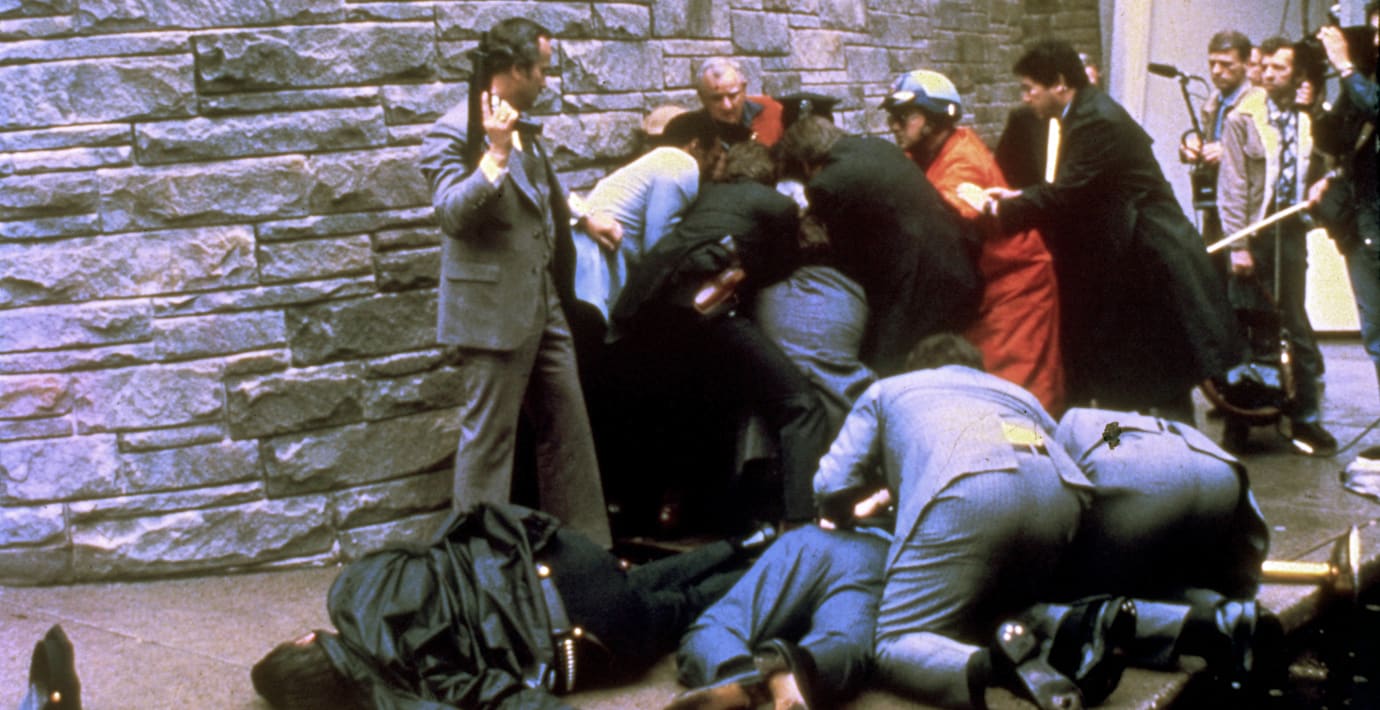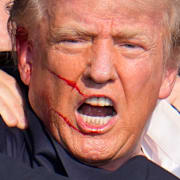bakgrund
Mordförsök mot amerikanska presidenter
Wikipedia (en)
Assassination attempts and plots on the President of the United States have been numerous, ranging from the early 19th century to the 2020s. On January 30, 1835, Andrew Jackson was the first president to experience an assassination attempt when Richard Lawrence twice tried to shoot him in the East Portico of the Capitol after Jackson left a funeral held in the House of Representatives Chamber. The attempt failed when both of Lawrence's pistols misfired.
Four sitting presidents have been killed: Abraham Lincoln (1865, by John Wilkes Booth), James A. Garfield (1881, by Charles J. Guiteau), William McKinley (1901, by Leon Czolgosz), and John F. Kennedy (1963, by Lee Harvey Oswald). Additionally, three presidents have been injured in attempted assassinations: Ronald Reagan, while in office (1981, by John Hinckley Jr.), and former presidents Theodore Roosevelt (1912, by John Schrank), and Donald Trump (2024, by Thomas Matthew Crooks). In all of these cases, the attacker's weapon was a firearm. This article lists assassination attempts on former presidents and presidents-elect, but not on those who had not yet been elected president.
Many assassination attempts, both successful and unsuccessful, were motivated by a desire to change the policy of the American government. Not all such attacks, however, had political reasons. Many other attackers had questionable mental stability, and a few were judged legally insane. Historian James W. Clarke suggests that most assassination attempters have been sane and politically motivated, whereas the Department of Justice's legal manual claims that a large majority has been insane. Some assassins, especially mentally ill ones, acted solely on their own, whereas those pursuing political agendas have more often found supporting conspirators. Most assassination plotters were arrested and punished by execution or lengthy detainment in a prison or insane asylum.
Since the vice president, the successor of a removed president, usually shares the president's political party affiliation, the death of the president is unlikely to result in major policy changes. Possibly for that reason, political groups typically do not coordinate such attacks, even in times of partisan strife. Threats of violence against the president are often made for rhetorical or humorous effect without serious intent, while credibly threatening the president of the United States has been a federal felony since 1917.




